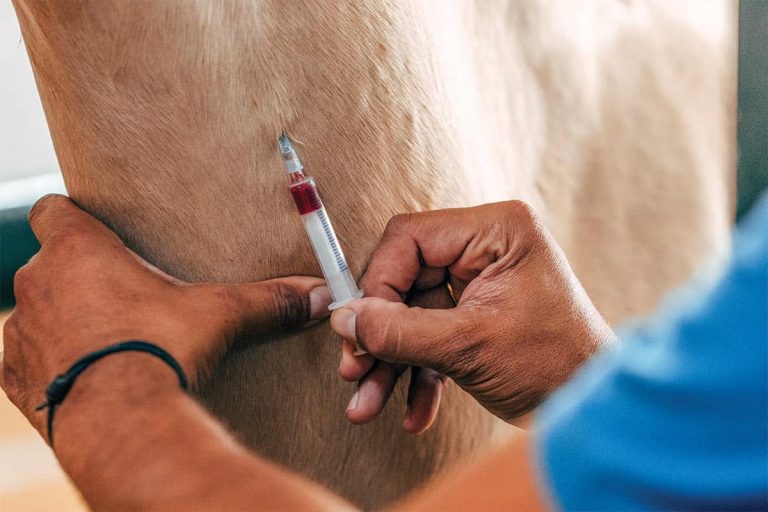Foaling Problems
A medical doctor once told me, There’s only a 1% chance that a problem will develop, but if it develops in you, then it’s 100% a problem. So it goes with foaling: Foaling difficulties occur in less than 1% of births, but if it’s your mare, thi”P>A medical doctor once told me, There’s only a 1% chance that a problem will develop, but if it develops in you, then it’s 100% a problem. So it goes with foaling: Foaling difficulties occur in less than 1% of “>A medical doctor once told me, There’s only a 1% chance that a problem will develop, but if it develops in you, then it’s 100% a problem. So it goes with foaling: Foaling diffi”A medical doctor once told me, There’s only a 1% chance that a problem will develop, but if it develops in you, then it’s 100% a problem. So it ” medical doctor once told me, There’s only a 1% chance that a problem will develop, but if it develops in you, th”medical doctor once told me, There’s only a 1% chance that a problem will develop,”edical doctor once told me, There’s only a 1% chance”dical doctor once told m















